TeacherCast Interview: Learn How RobotsLAB is innovating STEM Education
- 0 Comments
- Apr 11, 2014 10:30:00 AM
- Posted by Anna Sandler
- Topics: Math, Robotics, Pre-Calculus, Local News, EdTech, STEM, National News, Education, Press, Computer Science, NAO, 21st Century Classroom, School, Student Engagement, Geometry,, Middle School, algebra,, Curriculum
ROBOTSLAB WINS LAUNCHEDU COMPETITION AT SXSWEDU
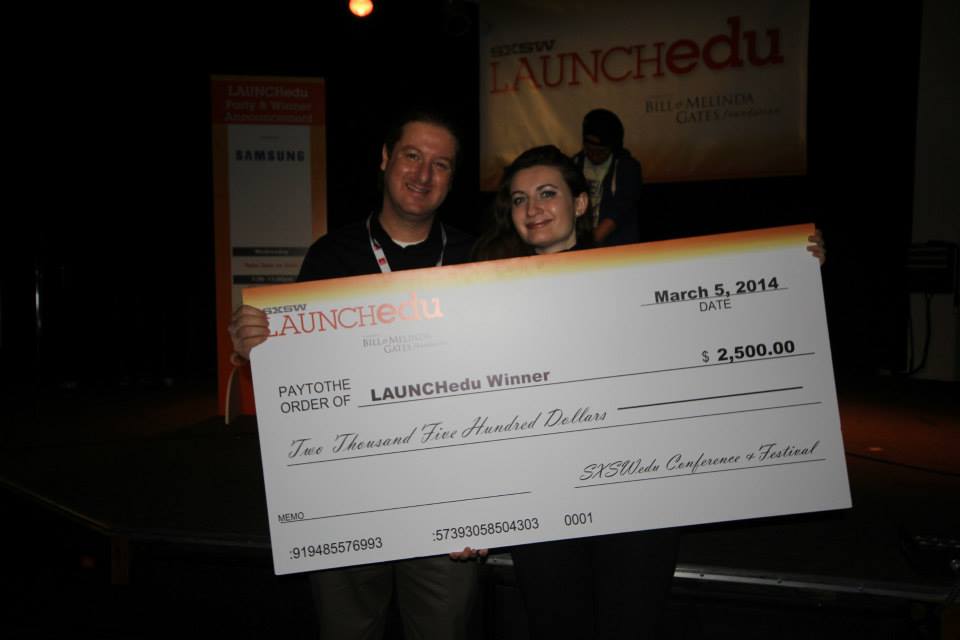
Austin, TX and San Francisco, CA – March 6, 2014 - A handpicked group of distinguished judges representing a cross section of in business, technology and education experts have selected RobotsLAB BOX as the winner of the LAUNCHedu Competition.
The competition began in August 2013 with approximately eighty applications. RobotsLAB was one of ten finalists chosen by the judges to present at SXSWedu on March 3. Following that presentation, RobotsLAB was one of three companies to be selected as a finalist. The final presentation was made in front of judges and a jam-packed room of educators on the morning of March 5. As part of the Educator Insights panel that discussed all ten competing companies, all three panelists cited RobotsLAB BOX as their favorite.
Based on the votes of attendees and judges, RobotsLAB BOX was ultimately chosen as the competition winner at the LAUNCHedu party on March 5. Betsy Corcoran, CEO and Co-Founder of EdSurge presented the award to RobotsLAB CEO Elad Inbar.
- 0 Comments
- Mar 6, 2014 12:13:59 AM
- Posted by Anna Sandler
- Topics: Math, Pre-Calculus, Local News, EdTech, STEM, National News, Education, Awards, 21st Century Classroom, School, Student Engagement, Geometry,, Middle School, algebra,, International News
Why We Love EdTech (And You Should, Too!)
What is the future of EdTech? Well, it took almost 500 years for EdTech to progress from the hornbook to the magic lantern. The hornbook appeared in England in the 15th Century. First immortalized in Shakespeare’s Love’s Labor’s Lost,
- ARMADO. [To HOLOFERNES] Monsieur, are you not lett'red?
- MOTH. Yes, he teaches boys the hornbook. What is a, b, spelt backward with the horn on his head?
- HOLOFERNES. Ba, pueritia, with a horn added.
The hornbook made its way to the colonies where it was gradually replaced by the equally low-tech slate and blackboard. It wasn’t until the latter end of the 19th Century and the beginning of the 20th that EdTech underwent a revolutionary change.
Imagine if you can the impact of the projected images of the magic lantern or the 3D images of the stereoscope on students for whom the written word in books, on slates and blackboards that had been the only source of information. At the same time their ability to express themselves individually improved as slate and blackboard were pushed to one side by that mass-produced writing instrument the pencil and its work-mate, inexpensive paper.
While it took 500 years for EdTech to progress from the horn book to the hand-held, 3D stereoscope, it took less than 50 years for the next EdTech revolution, electricity, to run its course. Edison said let there be light and school rooms were never the same again from their lighting to the available teaching tools. According to the infographic below the moving picture projector arrived in 1925, the overhead projector in 1930 and the mimeograph in 1940. Radio carried information to school rooms across the nation in the 30’s and 40’s and television first found its way into the classroom in the 1950’s. While radio and tv appeared to be the future of EdTech, yet another revolution was underway as the transistor replaced the tube in radios and televisions.
The digital revolution began with the transistor. The transistor brought about the microprocessor revolution and the microprocessor begot the handheld calculator which brought relief to those of us who had always found math tedious and despair to some math teachers who suddenly found their dullest students capable of adding, subtracting, multiplying and dividing more quickly and accurately than they. The handheld calculator was quickly followed by the personal computer revolution and software that allowed poor spellers like me to quit worrying about every word and begot the Internet revolution….
What then is the future of EdTech? We believe it is technological revolution upon revolution, each building on the preceding revolution and hastening the arrival of the next!

- 0 Comments
- Feb 13, 2014 11:00:00 AM
- Posted by Mike Nardine
- Topics: EdTech, Education, 21st Century Classroom, School, Student Engagement
Oklahoma public schools are boosting their STEM learning with RobotsLAB BOX
Oklahoma public schools are about to receive an enormous boost to their STEM learning programs. The innovative Oklahoma City STEM learning facility techJoynT has teamed with us here at RobotsLAB in San Francisco to bring our award winning RobotsLAB BOX with its innovative math teaching aids to public school students in the state. Yes, the study of math is about to become exciting!
As those of you familiar with this blog are aware, our BOX is designed to assist math educators in teaching abstract math concepts by engaging students with robots. And as Dr Peter Stone, Alfred P. Sloan Research Fellow, Guggenheim Fellow, AAAI Fellow, Fulbright Scholar, and Professor in the Department of Computer Science at the University of Texas at Austin, explains “You don’t need to be experienced with robotics or have a degree in computer science, just an enthusiasm for your subject area...You can open the BOX, turn on the preloaded tablet and within minutes be explaining quadratic equations with a quad copter.” This beats pontificating in front of a blackboard every time!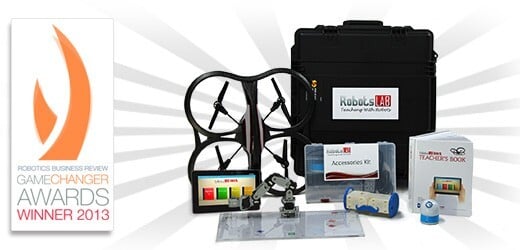
- 0 Comments
- Jan 31, 2014 6:02:00 PM
- Posted by Charles Nimrad
- Topics: Math, About the BOX, Local News, EdTech, STEM, Education, 21st Century Classroom, School, Student Engagement
A new $250m grant - California Career Pathways Trust - act now!
California STEM educators in grades kindergarten through grade fourteen, it's time to freshen up those rejected grant requests; the state is finally coming around to seeing it your way : the legislature has set aside a quarter-billion dollars ($250,000,000) to "fund specialists in work-based learning, as defined in Section 51760.1 of the Education code."
How can we be sure Section 51760.1 is talking about STEM ed? Well, here are the first few lines of that section:
For purposes of this section, "work-based learning" means an
educational approach or instructional methodology that uses the
workplace or real work to provide pupils with the knowledge and
skills that will help them connect school experiences to real-life
work activities and future career opportunities.
Now if that isn’t a perfect description of the inherent virtues of STEM learning for young learners, what is? What learning component is more likely to provide students with the skills they will need when they enter the future job market? Woodworking, maybe? Film? Hey, both laudable endeavors but not guaranteed the multi-million openings expected in science, technology, engineering and math in the next few years.
- 0 Comments
- Jan 30, 2014 4:17:00 PM
- Posted by Elad Inbar
- Topics: Education, School, Grants
5 Tools Everyone In The Educational Robotics Industry Should Be Using
Of course the first answer to the question posited by the title of this piece is a facetious one--lots of money! So let us qualify the question a bit more by asking, "What are 5 tools everyone in the educational robotics industry should be using that most of us in the industry can afford?"
Since learning to code is so important to any STEM discipline, the first tool everyone in the educational robotics industry should be using is the online community and programming language called Scratch. This innovative site helps kids learn its namesake programming language and create interactive stories, games and computer animations. This outstanding tool is actually free!
Since math is basic to any scientific endeavor, the ability to interest and engage students in math is crucial to the educational robotics industry. Our second tool that everyone in the industry should be using, the RobotsLAB BOX, has proved its ability to interest and engage kids in math with an innovative combination of robots and tablets in many progressive school districts. The old teaching standbys like the book and the whiteboard can’t compete with "cool" robot helicopters demonstrating quadratic equations in real-time on a tablet.
- 0 Comments
- Jan 24, 2014 12:00:00 PM
- Posted by Elad Inbar
- Topics: Math, Robotics, Teaching with the RobotsLAB BOX, About the BOX, EdTech, STEM, Education, Computer Science, NAO, code, 21st Century Classroom, School, Student Engagement, Middle School
Insider's summary of the hour of code initiative
This email sent by Gary Page from California Education Department is a great wrap up from the 'coding week' which was a huge success!
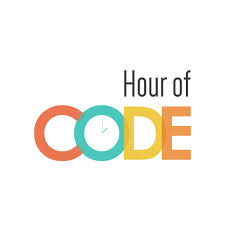
"
Teacher/Administrator:
Special thanks to all the teachers and administrators who took time to introduce students to coding during the recent Hour of Code week. The campaign brought attention to the need for all students to understand computational thinking and will help bring attention to education policy and decision makers on the need to make computer science “count” towards graduation.
In a single week, students at schools across the U.S. wrote 500,000,000 lines of code as part of Computer Science Education Week, organizers said.
- 0 Comments
- Jan 17, 2014 3:30:00 PM
- Posted by Charles Nimrad
- Topics: STEM, National News, Education, Computer Science, code, School, Student Engagement
Students smart shop with calculators
One of a number of interesting educational initiatives nationwide by and for kids is the Kids Feeding Kids Program undertaken by 26 Students from the Dobson and Copeland elementary schools’ Academically and Intellectually Gifted (AIG) program in Dobson NC. Dobson NC, by the way, is near legendary (mythical?) Mt Airy, NC, home of the Andy Griffith Museum. This is Mayberry R.F.D. country!
And in the best traditions of Mayberry R.F.D.’s good neighbors, the elementary students in the program are urged to study about the underprivileged and the just plain unlucky and then work up a plan to feed the kids found in these situations. Their teachers hope this study will inspire their sense of social responsibility as well as giving them a background in the real-world art of smart grocery shopping.
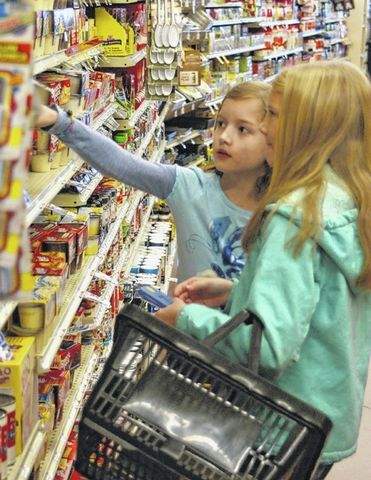
- 0 Comments
- Jan 16, 2014 6:00:00 AM
- Posted by Charles Nimrad
- Topics: Local News, Education, School, Student Engagement
Robotics competition draws students from all over Texas
It makes me proud as an expatriate Texan to find that the state of Texas is one of those states that realizes STEM learning is important and is doing something to ensure that its students meet the educational requirements of the new millennium in science, technology, engineering and math.
The Vex competition at Roosevelt high school in San Antonio is a good example.
One of the teams in the event sponsored by the U.S Army was a Vex team from an all-girls robotics club at the school.
So seriously does the state of Texas view these competition that recently the Texas Workforce Commission funded a startup grant to help 400 new Vex robotics teams in Texas.
Sounds like a lot of teams, does it?
Well countrywide 9000 Vex robotics teams are expected to compete in the USA this year.
Texas intends to have its share.
If you find yourself wondering what a Vex robotics team is, the VEX Robotics Design System is centered around the VEX Clawbot Kit.
The Clawbot is similar to the LEGO NXT in that assembly and disassembly is made simple with assorted pieces easily fitted together.
Some say that the Clawbot is cheaper.
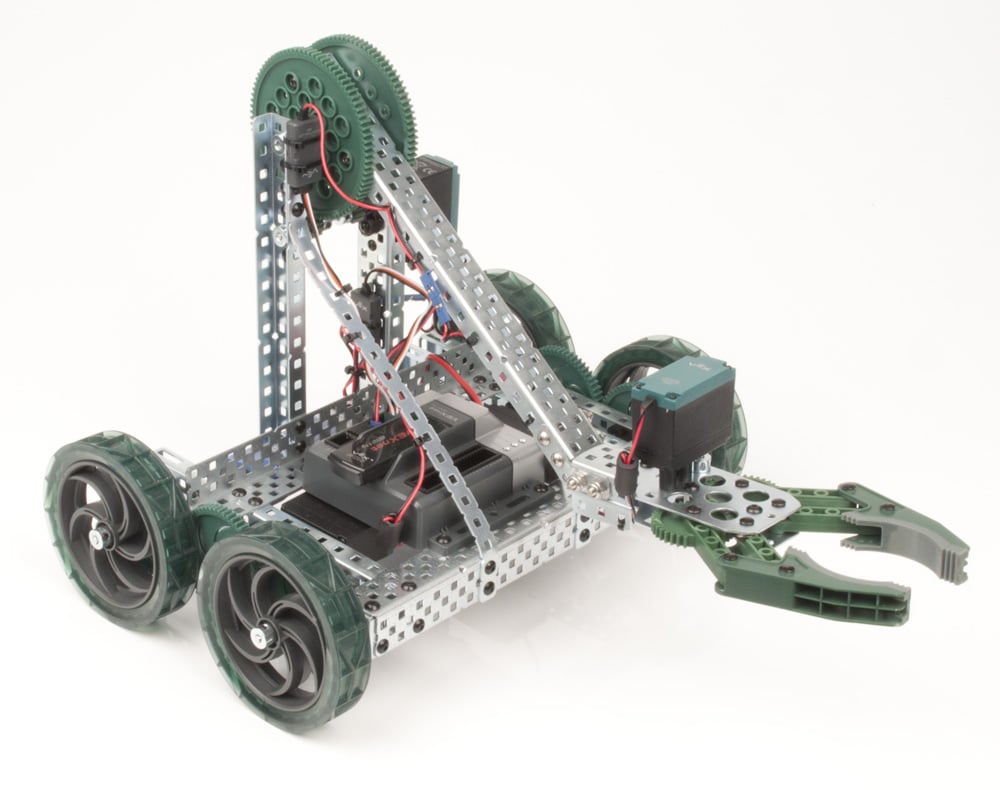
- 0 Comments
- Jan 15, 2014 10:30:00 AM
- Posted by Charles Nimrad
- Topics: Robotics, Local News, STEM, Education, Computer Science, School, Student Engagement, Middle School
Here’s why we absolutely need EdTech
Here’s a question for you: What is your opinion as to the importance of EdTech in education? EdTech, as you know, is short for educational technology.
What defines EdTech, you ask?
Good question! You see the term everywhere but no definitions. So let’s go with the definition advanced by our good friends at Wikipedia: "Educational technology, sometimes termed EdTech, is the study and ethical practice of facilitating e-learning, which is the learning and improving performance by creating, using and managing appropriate technological processes and resources…" "Appropriate technological processes and resources" include more than just the Internet, although online courses are important tools; tablets, computers, cell phones, the whole digital zoo is included. Even robots! Especially robots!

- 0 Comments
- Dec 30, 2013 4:30:00 PM
- Posted by Charles Nimrad
- Topics: EdTech, STEM, Education, 21st Century Classroom, School, Student Engagement, Middle School
Relevant Posts
Popular Posts
Subscribe to Email Updates
-
I Want To Learn MoreADDITIONAL INFORMATION


